
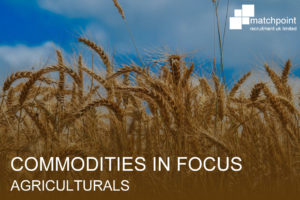
Welcome to the latest in our series of Commodities In Focus blogs. In this edition we are looking at agricultural commodities.
Agricultural commodities are foodstuffs, crops and animals which are grown in, or reared on, farms, plantations, forests or nurseries. What all agricultural commodities have in common is that they are traded in their ‘raw’ or unprocessed form, and like most classes of commodity, they are purchased to create or manufacture a range of products which are utilised by humans.
Agricultural commodities are also referred to as ‘soft’ commodities, to differentiate them from the hard commodity classes which are mined (e.g. metals or coal) and have changed hands in one form or another for as long as humans have been trading things. This makes them the oldest commodity class that we continue to use today.
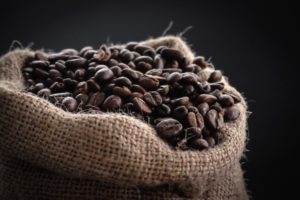
Almost any raw product that is grown, farmed, and traded is considered to be an agricultural commodity.
The main types are:
Wheat, rice, corn, oats and oilseeds such as soybeans, canola and palm oil. These items are used as feed for animals, to create food products for people and can also be converted into biofuel.
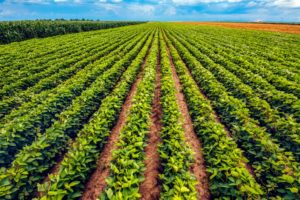
All types of meat – including pork (referred to as lean hogs) as well as dairy products. Animals are traded live and also as butchered meat; for direct consumption, for making processed foods and also as non edible materials such as leather.
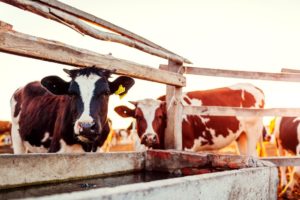
Coffee, tea, cocoa, orange juice (in the form of frozen concentrated orange juice). Sugar is also usually included in this category.

Such as cotton, wool, rubber and lumber. Vital for the production and manufacture of a wide range of different products.
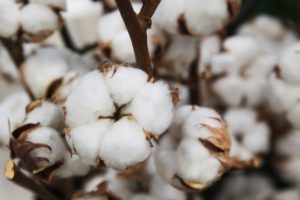
Humans have been growing and trading agricultural commodities since time began. As is the case with all types of commodities, agricultural commodities are highly susceptible to the push and pull of supply and demand.
Prices for the individual agricultural commodity classes change on a daily/weekly/monthly basis and those who trade them also need to anticipate how much they may cost over a long period into the future. If, for instance, certain countries consume larger quantities of meat as they become more developed, this will ultimately affect how much meat is bought and sold and how much it costs.
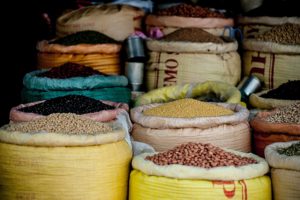
Agricultural commodity markets are particularly volatile and they have active trading markets which will change from season to season depending on when individual commodities are grown, reared and available for sale.
The availability of agricultural commodities are also highly susceptible to unusual weather conditions or natural disasters such as droughts, or to disease if this affects livestock.
Agricultural commodities are traded on commodities exchanges around the world. The largest is the Chicago Mercantile Exchange in the US. Other notable exchanges are the ICE Intercontinental Exchange, and in Asia the Tokyo Commodity Exchange and the Shanghai Futures Exchange.
One of the most widely traded agricultural commodities – grain – was the first type of commodity to be traded on a futures basis. This means that the grower of the commodity agrees to deliver it at a specific date in the future, in order to receive payment now.
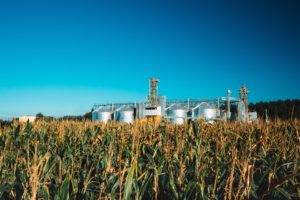
Large purchasers of agricultural commodities now regularly use futures contracts to hedge i.e. to establish a price for raw goods now, whilst the actual products are delivered at a set date in the future.
This is helpful for very big manufacturers that need to buy a large amount of a particular commodity like vegetable oil or grain. As with all classes of commodities, some people trade because they actually need to purchase the raw goods and others are speculators.
The demand for different commodities inevitably changes over time in relation to developing economies and other factors.
The world’s continuing growth in population means an increasing need for food of all types. This includes crops to feed humans and animals, as well as meat and also the non edible soft commodities.

Emerging markets countries have large agricultural industries but these tend to be smaller scale and inefficient so increased efficiency and capacity will be required to match demand.
There is also a growing requirement for meat from more recently developed countries and notably China. In stark contrast some developed nations will be looking at ways to decrease meat production because of its negative impact on the environment.
It is also likely that over time more crops will be grown specifically for biofuel, as the world looks for new sources of energy from renewable resources.
At Matchpoint Recruitment we are specialists in finding the right roles for experienced commodities professionals and helping our clients to build their specialist teams.